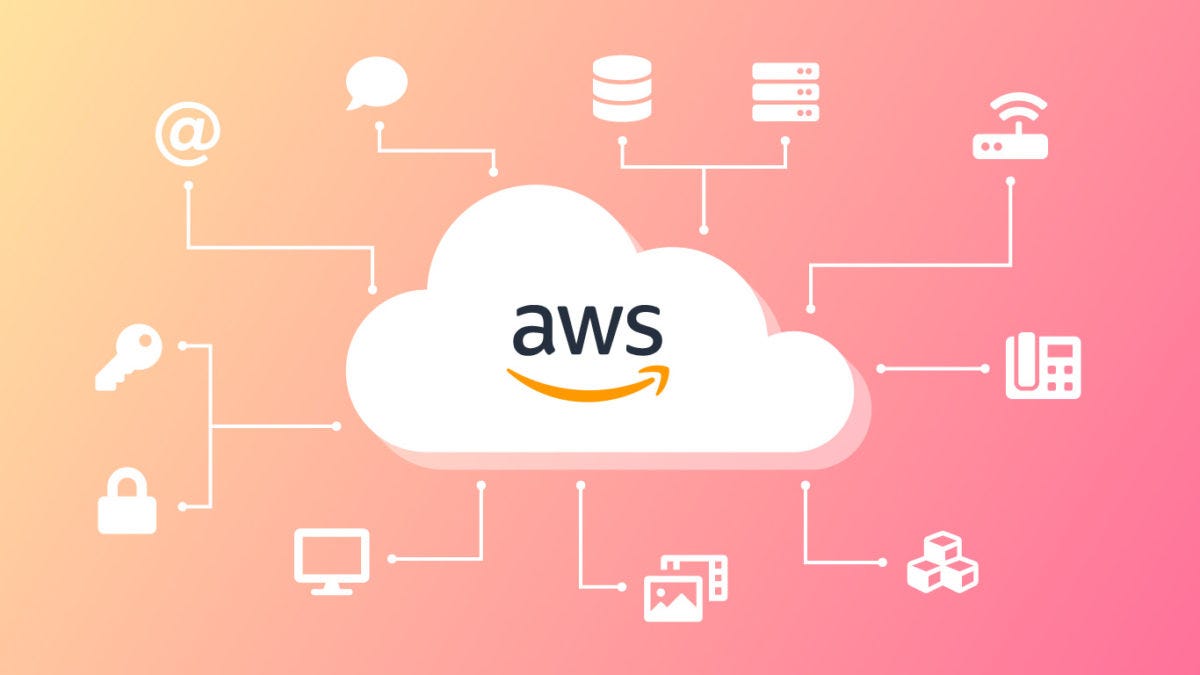Picking a home for your apps and data can feel like choosing a new city. You want safety, room to grow, fair rent, and neighbors you can trust. Cloud can offer all of that if you match your needs with the right setup.
Many small teams look at AWS because it promises scale, speed, and strong security in one place. Yet power is only helpful when you can use it without stress. In this piece, we keep the language simple and the advice practical.
You will learn when AWS shines for a small business, where the hidden costs live, and how to start in a safe, low-risk way. By the end, you will know if it fits your roadmap today.
What you get in simple terms
AWS gives you ready tools for running websites, apps, files, and databases. It is one of the most flexible cloud solutions for small teams that hope to grow. You can launch a server, store files, send email, back up data, and add security rules with a few clicks. You can also automate almost everything with code. That mix of ease and power is why many startups begin here.
Highlights small teams notice
- A free on-ramp that lets you test before you pay
- Simple, bundled hosting for basic sites and apps
- Fine control when you need custom setups
- Built-in tools to track cost and send spend alerts
Cost and budget control
Cost is the first worry for a small business. AWS has many ways to keep bills in check if you use them well.
- Start for free with credits. New accounts get starter credits and a free tier to try popular services. That gives you time to learn and to measure what your real usage will be before you commit.
- Pick simple, fixed-price hosting. Lightsail offers bundles with a set monthly price. It is great for a brochure site, a simple shop, or a test app. Billing is easy to predict.
- Lock in discounts for steady use. Savings Plans can cut computing bills by a large margin when you have a steady workload. You choose a one-year or three-year commitment and get lower rates.
- Set guardrails. Budgets and alerts tell you when spending crosses a line or is forecast to run hot. This helps you react early.
- Watch network costs. Most data coming in is free, but data out to the internet can add up once you pass the free amount. Plan for this if you stream or send large files.
A simple playbook
- Start on the free tier with a tiny footprint.
- Put a monthly budget and alert in place on day one.
- Use Lightsail for simple sites. Move to more advanced services when you truly need them.
- When usage is stable, price out a Savings Plan and compare it to on-demand costs.
Ease of use vs depth of control
Small teams need speed and clarity. AWS gives you two clear paths.
- Lightsail for simple needs. Click to launch a virtual server, a managed database, or a container. Plans are fixed price, and setup is quick.
- Full console for custom builds. If you need fine control or an advanced scale, the full set of services is there. You can shape networks, storage, and security at a very detailed level.
Tip: begin with the simple path. Add depth only as your app or traffic demands it.
Security and reliability
Security is a shared responsibility. AWS protects the data centers, the hardware, and the core services. You decide how your application utilizes those services. The good news for small teams is that you get tools that allow you to set secure defaults.
- Identity and access control so that each user is given the least rights necessary
- Managed backups and multi-zone services for higher availability
- Security checks and suggestions dashboards that run the scan for the common gaps
With these provided necessities, a small team can achieve a strong security baseline, almost without the need for a large ops crew.
Lock in and freedom to move
Vendor lock-in is always a concern. Understanding two things will make the fear go away.
- By utilizing open building blocks such as containers, standard databases, and Terraform files, you can design your software. The result is that you can move the system anytime you want without much hassle.
- The situation has been made better by the providers; today, it is easier and less expensive to take your data out when you switch to another provider. The main result of this is overcoming the fear of being stuck.
After all these changes, the proper thing to do is to keep your app as portable as possible. Only use managed extras in instances where they save you real time or money, and not just because they are there.
Bottom line
The small business that is looking for power without owning the hardware can be the right client for AWS. However, it will also be like overkill if the company’s needs are very small and stable. You can start from the very bottom, use the free tier, set budgets, and choose simple services until your traffic or features require more.
Data out costs should be closely watched, and support levels chosen according to the risk. Whenever possible, use open standards so that you remain flexible. Doing this, you get scale, security, and global reach with a lot less stress. If that is your plan, then AWS is still a very good option.

